
As a society, our main goal must be to use far less plastic. But when that isn't possible, or when we need to dispose of the millions of tonnes of plastic that's already out there, we need to recycle as much as we can.
That's why it's important to know what the plastic recycling symbols mean.
These are the little numbers that appear on most plastic containers and products. They tell you what type of plastic the product is made from, and whether or not it can be recycled.
You'll then know if you need to leave it for curbside recycling programs to pick up, or take it to your local recycling center.
Contents
We're told that over 90% of plastic is not recycled, which is a shocking statistic. It's no wonder plastic waste is such a huge global problem. So by disposing of our own plastic properly, at least we know we'll be doing our bit to avoid making it any worse.
So let's run down what each recycling symbol means, where you are likely to see it, and what to do with these items.
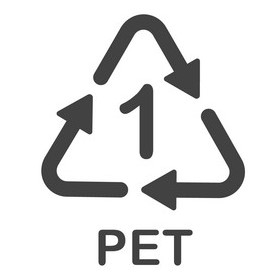
How to Recycle: Polyethylene Terephthalate is commonly recycled, and almost all curbside programs can accept it. It is generally not recommended for re-use, meaning it gets back in the recycling stream quickly after production.
You don't need to remove the labels as this is done during the recycling process, but make sure you rinse and remove any leftover food before you put them out. Also it's usually best to remove bottle tops and caps, as these are usually made of #5 Polypropylene (see below).
Turned Into: Fibers, polar fleece, recycled plastic bottles and food containers.
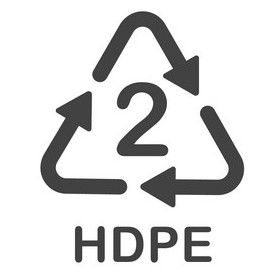
How to Recycle: Most curbside recycling programs will accept High Density Polyethylene, but not plastic wrappers or grocery bags. However, these are collected by most large stores and supermarkets, so check for your nearest location.
Turned Into: Plastic lumber, drainage pipes, more plastic bottles, recycling containers, shampoo bottles.
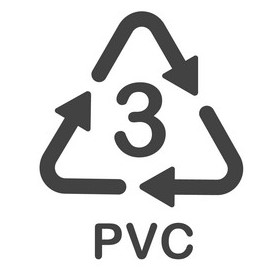
How to Recycle: PVC (Polyvinyl Chloride) is cheap to produce, tough and hard-wearing. In reality, PVC is rarely recycled, although it is possible to turn PVC into plastic lumber, and some programs and lumber makers will accept it.
However, it contains chlorine, meaning it releases toxins if burned. So always do whatever possible to recycle it.
Turned Into: Guttering, paneling, garage and workshop floor tiles, mates, cables, mud flaps, speed bumps.
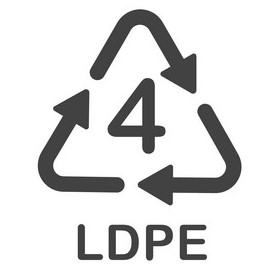
How to Recycle: Traditionally, Low Density Polyethylene has not been commonly recycled by curbside plastic recycling programs in the USA, although fortunately this is beginning to change.
Check with your local authority to see if LDPE is accepted (or if not, when it will be). Plastic shopping bags made from LDPE can be returned to stores. Otherwise, these items often end up in the trash.
Turned Into: Compost bins, shipping envelopes, trash can liners, floor tiles, panelling
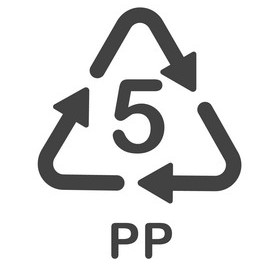
How to Recycle: Your curbside plastic recycling program may accept Polypropylene, so contact them to check. Give it a rinse to make sure there is no food residue left inside before you put it in your recycling bin.
However, only around 1-3% of PP is actually recycled. So cut down on PP use by switching to eco friendly bottles, and ditching plastic straws.
Turned Into: Battery cases and cables, bicycle racks, brushes, bins, pallets and trays.

How to Recycle: Also known as styrofoam, PS is widely used (almost all of us use egg cartons for example) and rarely recycled. It is flaky and breaks up easily, which is why small fragments are now found on beaches all over the world.
Polystyrene is notoriously difficult to recycle and is rarely accepted by plastic recycling programs. Your best bet is to try to eliminate its usage. Switch to reusable coffee cups, reusable or compostable cutlery, and stainless steel takeaway containers
Turned Into: Insulation, egg cartons, foam packaging.
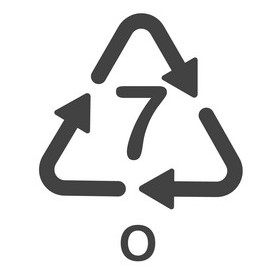
How to Recycle: The #7 plastic recycling symbol is used as a kind of "catch all" for plastic packaging that doesn't fit into the other six categories. For that reason, recycling programs can't be sure what it is, so it's best to check with them on individually on a case-by-case basis, to see which #7 items they will accept.
You'll also find new compostable plastics carry this label. These should also be marked as compostable though, so you'll know not to throw them in the trash.
Turned Into: Plastic lumber, custom uses.
The numbers tell you what type of plastic a product is made from. From this, you can tell whether it can be recycled, and how to properly dispose of it.
Save this page or just the infographic above on your phone, so you can refer back as a guide any time you are unsure about what the recycling symbols mean.
If you ever see someone disposing of plastic products in the wrong way, don't be scared to speak up. Not everyone realizes what the recycling symbols mean!
Feel free to share the infographic with your friends and family so that everyone has a copy to refer to. The more people we can educate, the less plastic waste there will be.
It is technically possible to recycle all numbers, but only if the facility exists to do so. Sadly there are some such as #3 PVC, #5 Polypropylene, and #6 Polystyrene are rarely recycled.
Until recycling of these types becomes more widespread, we need to reduce our usage of the items that are made from them Look for sustainable alternatives, preferably switching to reusable, zero waste options.
Our eco-friendly product reviews will help you find a plastic-free alternative for a whole range of everyday products.

